The Secretive Family Making Billions From the Opioid Crisis
You’re aware America is under
siege, fighting an opioid crisis that has exploded into a public-health
emergency. You’ve heard of OxyContin, the pain medication to which
countless patients have become addicted. But do you know that the
company that makes Oxy and reaps the billions of dollars in profits it
generates is owned by one family?
Oct 16, 2017
The newly installed Sackler Courtyard at
London’s Victoria and Albert Museum is one of the most glittering places
in the developed world. Eleven thousand white porcelain tiles, inlaid
like a shattered backgammon board, cover a surface the size of six
tennis courts. According to the V&A’s director, the regal setting is
intended to serve as a “living room for London,” by which he presumably
means a living room for Kensington, the museum’s neighborhood, which is
among the world's wealthiest. In late June, Kate Middleton, the Duchess
of Cambridge, was summoned to consecrate the courtyard, said to be the
earth's first outdoor space made of porcelain; stepping onto the ceramic
expanse, she silently mouthed, “Wow.”
The
Sackler Courtyard is the latest addition to an impressive portfolio.
There’s the Sackler Wing at New York’s Metropolitan Museum of Art, which
houses the majestic Temple of Dendur, a sandstone shrine from ancient
Egypt; additional Sackler wings at the Louvre and the Royal Academy;
stand-alone Sackler museums at Harvard and Peking Universities; and
named Sackler galleries at the Smithsonian, the Serpentine, and Oxford’s
Ashmolean. The Guggenheim in New York has a Sackler Center, and the
American Museum of Natural History has a Sackler Educational Lab.
Members of the family, legendary in museum circles for their pursuit of
naming rights, have also underwritten projects of a more modest
caliber—a Sackler Staircase at Berlin’s Jewish Museum; a Sackler
Escalator at the Tate Modern; a Sackler Crossing in Kew Gardens. A
popular species of pink rose is named after a Sackler. So is an
asteroid.
The Sackler name is no less prominent among the
emerald quads of higher education, where it’s possible to receive
degrees from Sackler schools, participate in Sackler colloquiums, take
courses from professors with endowed Sackler chairs, and attend annual
Sackler lectures on topics such as theoretical astrophysics and human
rights. The Sackler Institute for Nutrition Science supports research on
obesity and micronutrient deficiencies. Meanwhile, the Sackler
institutes at Cornell, Columbia, McGill, Edinburgh, Glasgow, Sussex, and
King’s College London tackle psychobiology, with an emphasis on early
childhood development.
The Sacklers’
philanthropy differs from that of civic populists like Andrew Carnegie,
who built hundreds of libraries in small towns, and Bill Gates, whose
foundation ministers to global masses. Instead, the family has donated
its fortune to blue-chip brands, braiding the family name into the
patronage network of the world’s most prestigious, well-endowed
institutions. The Sackler name is everywhere, evoking automatic
reverence; the Sacklers themselves, however, are rarely seen.
The descendants of Mortimer and Raymond Sackler, a
pair of psychiatrist brothers from Brooklyn, are members of a
billionaire clan with homes scattered across Connecticut, London, Utah,
Gstaad, the Hamptons, and, especially, New York City. It was not until
2015 that they were noticed by Forbes, which added them to the
list of America’s richest families. The magazine pegged their wealth,
shared among twenty heirs, at a conservative $14 billion. (Descendants
of Arthur Sackler, Mortimer and Raymond’s older brother, split off
decades ago and are mere multi-millionaires.) To a remarkable degree,
those who share in the billions appear to have abided by an oath of
omertà: Never comment publicly on the source of the family’s wealth.
That may be because the greatest part of that $14 billion fortune tallied by Forbes
came from OxyContin, the narcotic painkiller regarded by many
public-health experts as among the most dangerous products ever sold on a
mass scale. Since 1996, when the drug was brought to market by Purdue
Pharma, the American branch of the Sacklers’ pharmaceutical empire, more
than two hundred thousand people in the United States have died from
overdoses of OxyContin and other prescription painkillers. Thousands
more have died after starting on a prescription opioid and then
switching to a drug with a cheaper street price, such as heroin. Not all
of these deaths are related to OxyContin—dozens of other painkillers,
including generics, have flooded the market in the past thirty years.
Nevertheless, Purdue Pharma was the first to achieve a dominant share of
the market for long-acting opioids, accounting for more than half of
prescriptions by 2001.
According to the Centers for Disease Control,
fifty-three thousand Americans died from opioid overdoses in 2016, more
than the thirty-six thousand who died in car crashes in 2015 or the
thirty-five thousand who died from gun violence that year. This past
July, Donald Trump’s Commission on Combating Drug Addiction and the
Opioid Crisis, led by New Jersey governor Chris Christie, declared that
opioids were killing roughly 142 Americans each day, a tally vividly
described as “September 11th every three weeks.” The epidemic has also
exacted a crushing financial toll:
According to a study published by the
American Public Health Association, using data from 2013—before the
epidemic entered its current, more virulent phase—the total economic
burden from opioid use stood at about $80 billion, adding together
health costs, criminal-justice costs, and GDP loss from drug-dependent
Americans leaving the workforce. Tobacco remains, by a significant
multiple, the country’s most lethal product, responsible for some
480,000 deaths per year. But although billions have been made from
tobacco, cars, and firearms, it’s not clear that any of those
enterprises has generated a family fortune from a single product that
approaches the Sacklers’ haul from OxyContin.
Even
so, hardly anyone associates the Sackler name with their company’s lone
blockbuster drug. “The Fords, Hewletts, Packards, Johnsons—all those
families put their name on their product because they were proud,” said
Keith Humphreys, a professor of psychiatry at Stanford University School
of Medicine who has written extensively about the opioid crisis. “The
Sacklers have hidden their connection to their product. They don’t call
it ‘Sackler Pharma.’ They don’t call their pills ‘Sackler pills.’ And
when they’re questioned, they say, ‘Well, it’s a privately held firm,
we’re a family, we like to keep our privacy, you understand.’ ”
To the extent that the Sacklers have cultivated a
reputation, it’s for being earnest healers, judicious stewards of
scientific progress, and connoisseurs of old and beautiful things. Few
are aware that during the crucial period of OxyContin’s development and
promotion, Sackler family members actively led Purdue’s day-to-day
affairs, filling the majority of its board slots and supplying top
executives. By any assessment, the family’s leaders have pulled off
three of the great marketing triumphs of the modern era: The first is
selling OxyContin; the second is promoting the Sackler name; and the
third is ensuring that, as far as the public is aware, the first and the
second have nothing to do with one another.
If
you head north on I-95 through Stamford, Connecticut, you will spot, on
the left, a giant misshapen glass cube. Along the building’s top edge,
white lettering spells out ONE STAMFORD FORUM. No markings visible from
the highway indicate the presence of the building’s owner and chief
occupant, Purdue Pharma.
Originally known as Purdue Frederick, the first
iteration of the company was founded in 1892 on New York’s Lower East
Side as a peddler of patent medicines. For decades, it sustained itself
with sales of Gray’s Glycerine Tonic, a sherry-based liquid of “broad
application” marketed as a remedy for everything from anemia to
tuberculosis. The company was purchased in 1952 by Arthur Sackler,
thirty-nine, and was run by his brothers, Mortimer, thirty- six, and
Raymond, thirty-two. The Sackler brothers came from a family of Jewish
immigrants in Flatbush, Brooklyn. Arthur was a headstrong and ambitious
provider, setting the tone—and often choosing the path—for his younger
brothers. After attending medical school on Arthur’s dime, Mortimer and
Raymond followed him to jobs at the Creedmoor psychiatric hospital in
Queens. There, they coauthored more than one hundred studies on the
biochemical roots of mental illness. The brothers’ research was
promising—they were among the first to identify a link between psychosis
and the hormone cortisone—but their findings were mostly ignored by
their professional peers, who, in keeping with the era, favored a
Freudian model of mental illness.
Concurrent
with his psychiatric work, Arthur Sackler made his name in
pharmaceutical advertising, which at the time consisted almost
exclusively of pitches from so-called “detail men” who sold drugs to
doctors door-to-door. Arthur intuited that print ads in medical journals
could have a revolutionary effect on pharmaceutical sales, especially
given the excitement surrounding the “miracle drugs” of the
1950s—steroids, antibiotics, antihistamines, and psychotropics. In 1952,
the same year that he and his brothers acquired Purdue, Arthur became
the first adman to convince The Journal of the American Medical Association, one of the profession’s most august publications, to include a color advertorial brochure.
In the 1960s, Arthur was contracted by Roche to
develop an advertising strategy for a new antianxiety medication called
Valium. This posed a challenge, because the effects of the medication
were nearly indistinguishable from those of Librium, another Roche
tranquilizer that was already on the market. Arthur differentiated
Valium by audaciously inflating its range of indications. Whereas
Librium was sold as a treatment for garden- variety anxiety, Valium was
positioned as an elixir for a problem Arthur christened “psychic
tension.” According to his ads, psychic tension, the forebear of today’s
“stress,” was the secret culprit behind a host of somatic conditions,
including heartburn, gastrointestinal issues, insomnia, and restless-leg
syndrome. The campaign was such a success that for a time Valium became
America’s most widely prescribed medication—the first to reach more
than $100 million in sales. Arthur, whose compensation depended on the
volume of pills sold, was richly rewarded, and he later became one of
the first inductees into the Medical Advertising Hall of Fame.
As
Arthur’s fortune grew, he turned his acquisitive instincts to the art
market, quickly amassing the world’s largest private collection of
ancient Chinese artifacts. According to a memoir by Marietta Lutze, his
second wife, collecting, exhibiting, owning, and donating art fed
Arthur’s “driving necessity for prestige and recognition.” Rewarding at
first, collecting soon became a mania that took over his life. “Boxes of
artifacts of tremendous value piled up in numerous storage locations,”
she wrote, “there was too much to open, too much to appreciate; some
objects known only by a packing list.” Under an avalanche of “ritual
bronzes and weapons, mirrors and ceramics, inscribed bones and archaic
jades,” their lives were “often in chaos.” “Addiction is a curse,” Lutze
noted, “be it drugs, women, or collecting.”
When Arthur donated his art and money to museums,
he often imposed onerous terms. According to a memoir written by Thomas
Hoving, the Met director from 1967 to 1977, when Arthur established the
Sackler Gallery at the Metropolitan Museum of Art to house Chinese
antiquities, in 1963, he required the museum to collaborate on a
byzantine tax-avoidance maneuver. In accordance with the scheme, the
museum first sold Arthur a large quantity of ancient artifacts
at the deflated 1920s prices for which they had originally been
acquired. Arthur then donated back the artifacts at 1960s
prices, in the process taking a tax deduction so hefty that it likely
exceeded the value of his initial donation.
Three years later, in
connection with another donation, Arthur negotiated an even more unusual
arrangement. This time, the Met opened a secret chamber above the
museum’s auditorium to provide Arthur with free storage for some five
thousand objects from his private collection, relieving him of the
substantial burden of fire protection and other insurance costs. (In an
email exchange, Jillian Sackler, Arthur’s third wife, called Hoving’s
tax-deduction story “fake news.” She also noted that New York’s attorney
general conducted an investigation into Arthur’s dealings with the Met
and cleared him of wrongdoing.)
In 1974, when
Arthur and his brothers made a large gift to the Met—$3.5 million, to
erect the Temple of Dendur—they stipulated that all museum signage,
catalog entries, and bulletins referring to objects in the newly opened
Sackler Wing had to include the names of all three brothers, each
followed by “M.D.” (One museum official quipped, “All that was missing
was a note of their office hours.”)
Hoving said that the Met hoped that Arthur would
eventually donate his collection to the museum, but over time Arthur
grew disgruntled over a series of rankling slights. For one, the Temple
of Dendur was being rented out for parties, including a dinner for the
designer Valentino, which Arthur called “disgusting.” According to Met
chronicler Michael Gross, he was also denied that coveted ticket of
arrival, a board seat. (Jillian Sackler said it was Arthur who rejected
the board seat, after repeated offers by the museum.) In 1982, in a bad
breakup with the Met, Arthur donated the best parts of his collection,
plus $4 million, to the Smithsonian in Washington, D. C.
Arthur's
younger brothers, Mortimer and Raymond, looked so much alike that when
they worked together at Creedmoor, they fooled the staff by pretending
to be one another. Their physical similarities did not extend to their
personalities, however. Tage Honore, Purdue’s vice-president of
discovery of research from 2000 to 2005, described them as “like day and
night.” Mortimer, said Honore, was “extroverted—a ‘world man,’ I would
call it.” He acquired a reputation as a big-spending, transatlantic
playboy, living most of the year in opulent homes in England,
Switzerland, and France. (In 1974, he renounced his U. S. citizenship to
become a citizen of Austria, which infuriated his patriotic older
brother.) Like Arthur, Mortimer became a major museum donor and married
three wives over the course of his life.
Mortimer had his own feuds with the Met. On his
seventieth birthday, in 1986, the museum agreed to make the Temple of
Dendur available to him for a party but refused to allow him to
redecorate the ancient shrine: Together with other improvements,
Mortimer and his interior designer, flown in from Europe, had hoped to
spiff up the temple by adding extra pillars. Also galling to Mortimer
was the sale of naming rights for one of the Sackler Wing’s balconies to
a donor from Japan. “They sold it twice,” Mortimer fumed to a reporter
from New York magazine. Raymond, the youngest brother, cut a
different figure—“a family man,” said Honore. Kind and mild-mannered, he
stayed with the same woman his entire life. Lutze concluded that
Raymond owed his comparatively serene nature to having missed the worst
years of the Depression. “He had summer vacations in camp, which Arthur
never had,” she wrote. “The feeling of the two older brothers about the
youngest was, ‘Let the kid enjoy himself.’ ”
Raymond
led Purdue Frederick as its top executive for several decades, while
Mortimer led Napp Pharmaceuticals, the family’s drug company in the UK.
(In practice, a family spokesperson said, “the brothers worked closely
together leading both companies.”) Arthur, the adman, had no official
role in the family’s pharmaceutical operations. According to Barry
Meier’s Pain Killer, a prescient account of the rise of
OxyContin published in 2003, Raymond and Mortimer bought Arthur’s share
in Purdue from his estate for $22.4 million after he died in 1987. In an
email exchange, Arthur’s daughter Elizabeth Sackler, a historian of
feminist art who sits on the board of the Brooklyn Museum and supports a
variety of progressive causes, emphatically distanced her branch of the
family from her cousins’ businesses. “Neither I, nor my siblings, nor
my children have ever had ownership in or any benefit whatsoever from
Purdue Pharma or OxyContin,” she wrote, while also praising “the breadth
of my father’s brilliance and important works.” Jillian, Arthur’s
widow, said her husband had died too soon: “His enemies have gotten the
last word.”
The Sacklers have
been millionaires for decades, but their real money—the painkiller
money—is of comparatively recent vintage. The vehicle of that fortune
was OxyContin, but its engine, the driving power that made them so many
billions, was not so much the drug itself as it was Arthur’s original
marketing insight, rehabbed for the era of chronic-pain management. That
simple but profitable idea was to take a substance with addictive
properties—in Arthur’s case, a benzo; in Raymond and Mortimer’s case, an
opioid—and market it as a salve for a vast range of indications.
In
the years before it swooped into the pain-management business, Purdue
had been a small industry player, specializing in over-the-counter
remedies like ear-wax remover and laxatives. Its most successful
product, acquired in 1966, was Betadine, a powerful antiseptic purchased
in industrial quantities by the U. S. government to prevent infection
among wounded soldiers in Vietnam. The turning point, according to
company lore, came in 1972, when a London doctor working for Cicely
Saunders, the Florence Nightingale of the modern hospice movement,
approached Napp with the idea of creating a timed-release morphine pill.
A long-acting morphine pill, the doctor reasoned, would allow dying
cancer patients to sleep through the night without an IV. At the time,
treatment with opioids was stigmatized in the United States, owing in
part to a heroin epidemic fueled by returning Vietnam veterans.
“Opiophobia,” as it came to be called, prevented skittish doctors from
treating most patients, including nearly all infants, with strong pain
medication of any kind. In hospice care, though, addiction was not a
concern: It didn’t matter whether terminal patients became hooked in
their final days. Over the course of the seventies, building on a
slow-release technology the company had already developed for an asthma
medication, Napp created what came to be known as the “Contin” system.
In 1981, Napp introduced a timed-release morphine pill in the UK; six
years later, Purdue brought the same drug to market in the U. S. as MS
Contin.
MS Contin quickly became the gold standard for pain
relief in cancer care. At the same time, a number of clinicians
associated with the burgeoning chronic-pain movement started advocating
the use of powerful opioids for noncancer conditions like back pain and
neuropathic pain, afflictions that at their worst could be debilitating.
In 1986, two doctors from Memorial Sloan Kettering hospital in New York
published a fateful article in a medical journal that purported to
show, based on a study of thirty-eight patients, that long-term opioid
treatment was safe and effective so long as patients had no history of
drug abuse. Soon enough, opioid advocates dredged up a letter to the
editor published in The New England Journal of Medicine in
1980 that suggested, based on a highly unrepresentative cohort, that the
risk of addiction from long-term opioid use was less than 1 percent.
Though ultimately disavowed by its author, the letter ended up getting
cited in medical journals more than six hundred times.
As the country was reexamining pain, Raymond’s
eldest son, Richard Sackler, was searching for new applications for
Purdue’s timed-release Contin system. “At all the meetings, that was a
constant source of discussion—‘What else can we use the Contin system
for?’ ” said Peter Lacouture, a senior director of clinical research at
Purdue from 1991 to 2001. “And that’s where Richard would fire some
ideas—maybe antibiotics, maybe chemotherapy—he was always out there
digging.” Richard’s spitballing wasn’t idle blather. A trained
physician, he treasured his role as a research scientist and appeared as
an inventor on dozens of the company’s patents (though not on the
patents for OxyContin). In the tradition of his uncle Arthur, Richard
was also fascinated by sales messaging. “He was very interested in the
commercial side and also very interested in marketing approaches,” said
Sally Allen Riddle, Purdue’s former executive director for product
management. “He didn’t always wait for the research results.” (A Purdue
spokesperson said that Richard “always considered relevant scientific
information when making decisions.”)
Perhaps the
most private member of a generally secretive family, Richard appears
nowhere on Purdue’s website. From public records and conversations with
former employees, though, a rough portrait emerges of a testy eccentric
with ardent, relentless ambitions. Born in 1945, he holds degrees from
Columbia University and NYU Medical School. According to a bio on the
website of the Koch Institute for Integrative Cancer Research at MIT,
where Richard serves on the advisory board, he started working at Purdue
as his father’s assistant at age twenty-six before eventually leading
the firm’s R&D division and, separately, its sales and marketing
division. In 1999, while Mortimer and Raymond remained Purdue’s co-CEOs,
Richard joined them at the top of the company as president, a position
he relinquished in 2003 to become cochairman of the board. The few
publicly available pictures of him are generic and sphinxlike—a white
guy with a receding hairline. He is one of the few Sacklers to
consistently smile for the camera. In a photo on what appears to be his
Facebook profile, Richard is wearing a tan suit and a pink tie, his
right hand casually scrunched into his pocket, projecting a jaunty
charm. Divorced in 2013, he lists his relationship status on the profile
as “It’s complicated.”




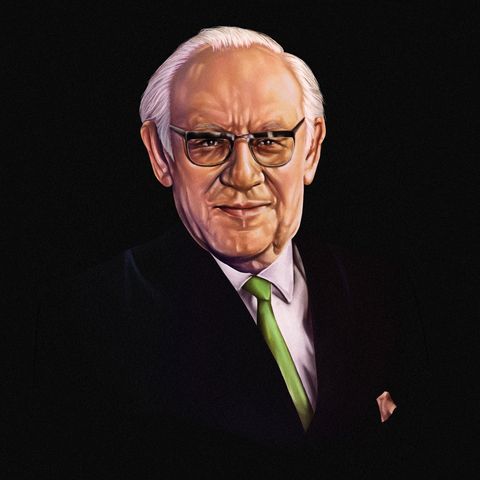
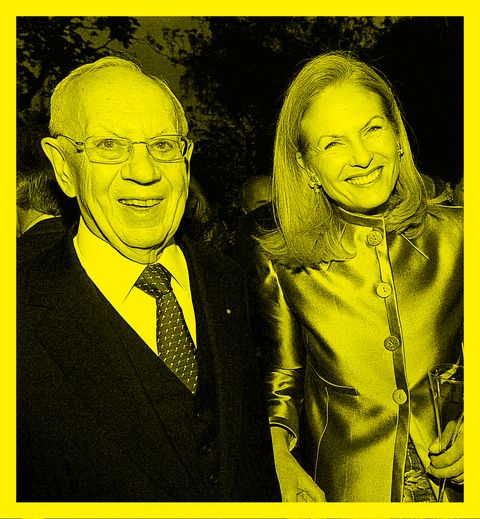
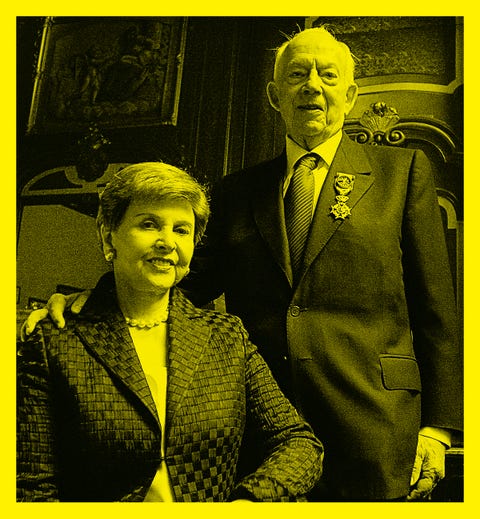
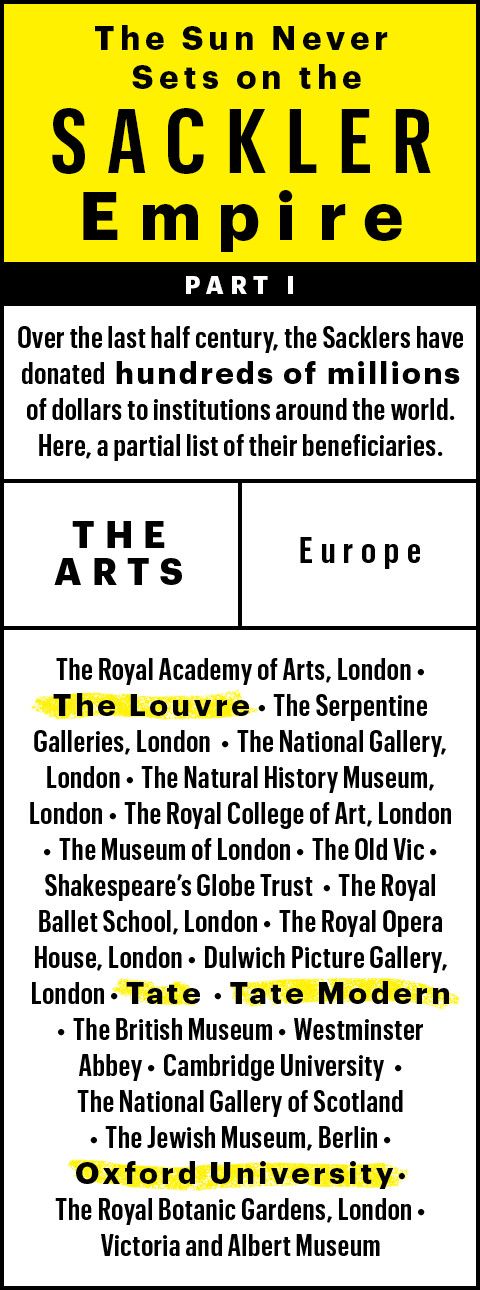
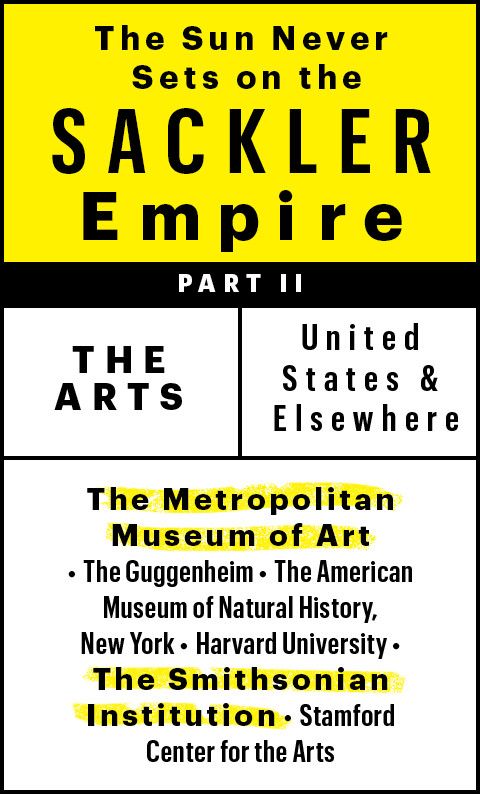

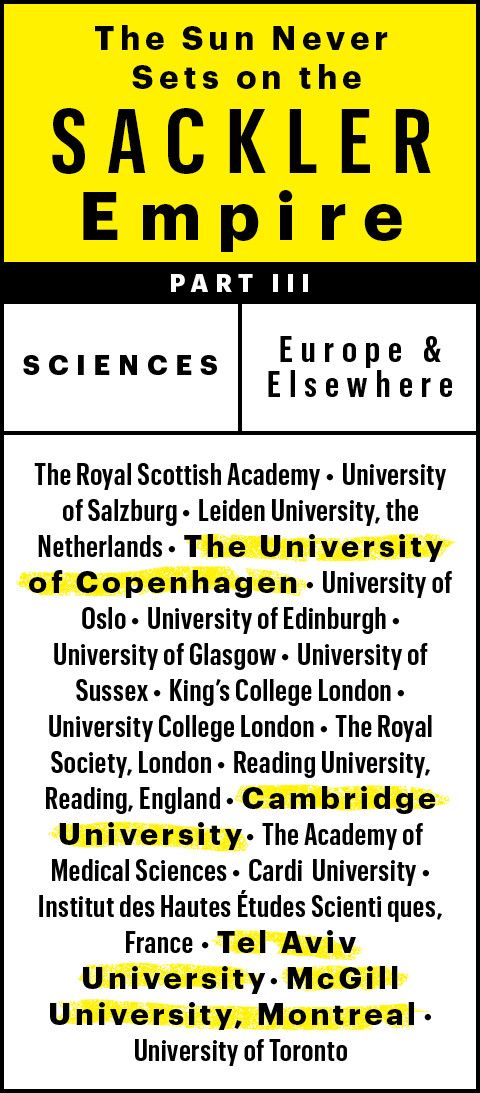


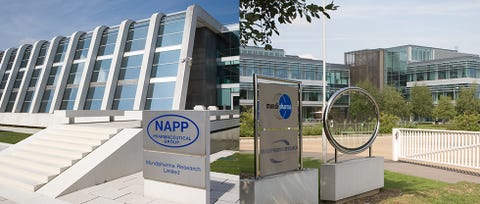
No comments:
Post a Comment